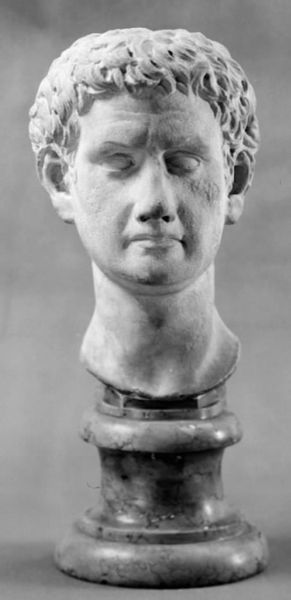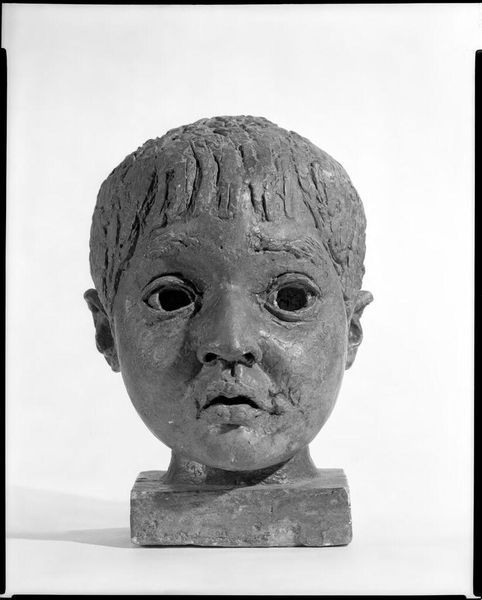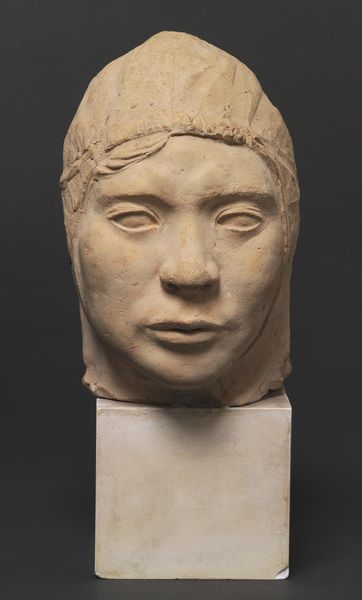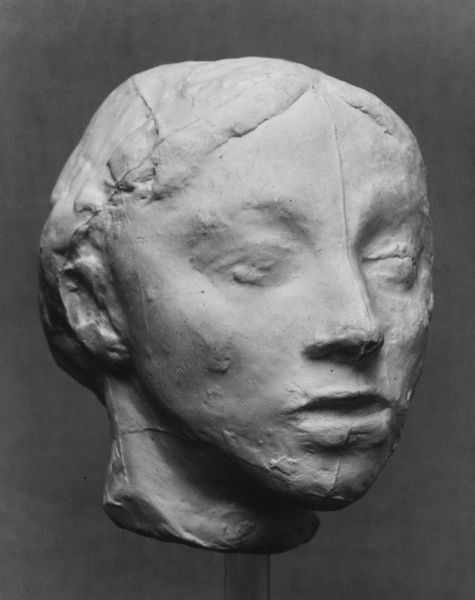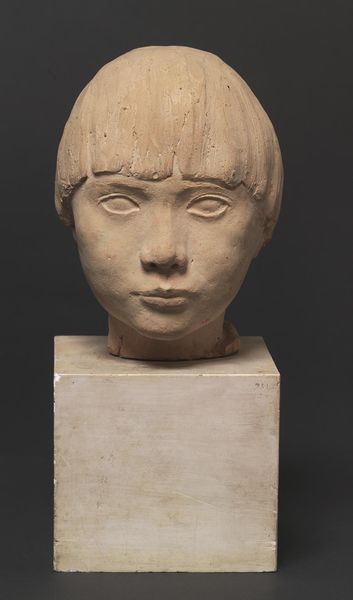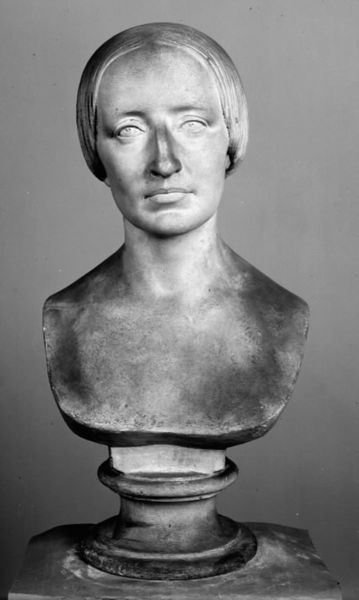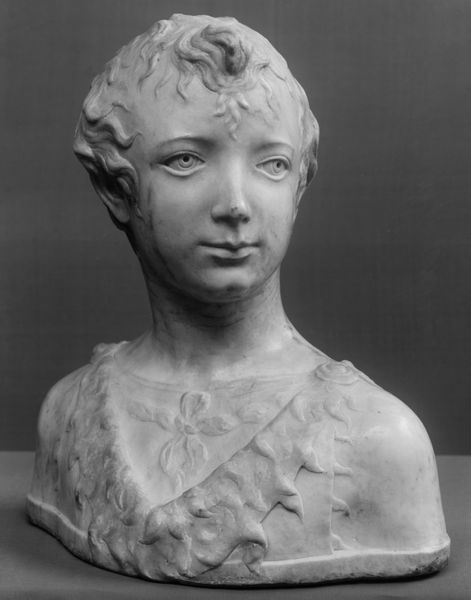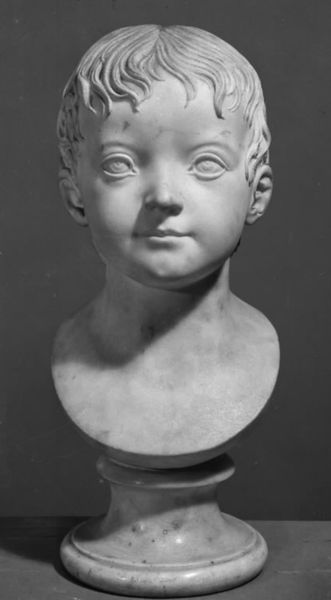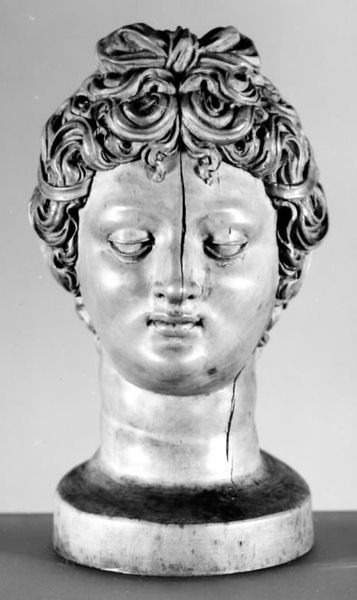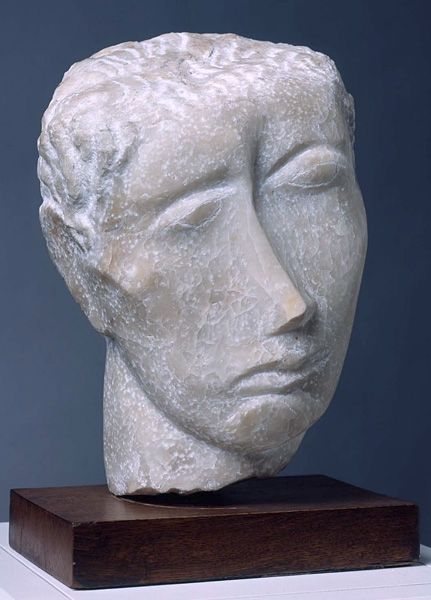
sculpture, wood
#
portrait
#
sculpture
#
geometric
#
sculpture
#
wood
#
modernism
Dimensions: 17.3 cm (height) x 12 cm (width) x 14.5 cm (depth) (Netto)
Curator: The figure has an uncanny androgyny to it, and it appears forlorn. Is this sculpture some type of statement, even if understated? Editor: Yes, it strikes me with that contemplative quietude, too. We're looking at "Head of a Sealer" sculpted in 1931 by Svend Rathsack, which now resides at the SMK, the Statens Museum for Kunst. It is carved from wood, in the modernist style. Curator: Ah, knowing it's wood changes the texture I perceive. Does the sealer perhaps allude to the cultural context of seal hunting, a key means of survival for the Inuit? Is there maybe some deep connection between these individuals and this resource, creating a specific identity? Editor: That's interesting! The sealing profession is crucial in harsh northern climates, reflecting resilience and adaptability, where sealers are often romanticized figures associated with ruggedness. There might be this heroic ideal that clashes against that forlorn or pensive characterization you sensed from the figure's gaze. Curator: It's the simplification of features that holds my attention – those almost almond-shaped, empty eyes give the sculpture a sense of universality, perhaps representing anyone who toils for survival. Editor: True. The geometric lines emphasize the underlying structure. And consider, during the 1930s, many indigenous communities faced unprecedented changes and external pressures; Rathsack might be referencing their struggle and marginalization through this almost stoic facial expression. Curator: And so we begin to unpack layers! A modernist sculpture, yes, with its stark, clean lines and geometric abstraction, but underneath we uncover cultural meaning around resilience. Editor: Indeed. I think that considering the broader cultural and political environment adds depths, particularly how it engages themes of survival and identity among marginalized communities. It also gives clues on ways art interprets and responds to history.
Comments
No comments
Be the first to comment and join the conversation on the ultimate creative platform.


